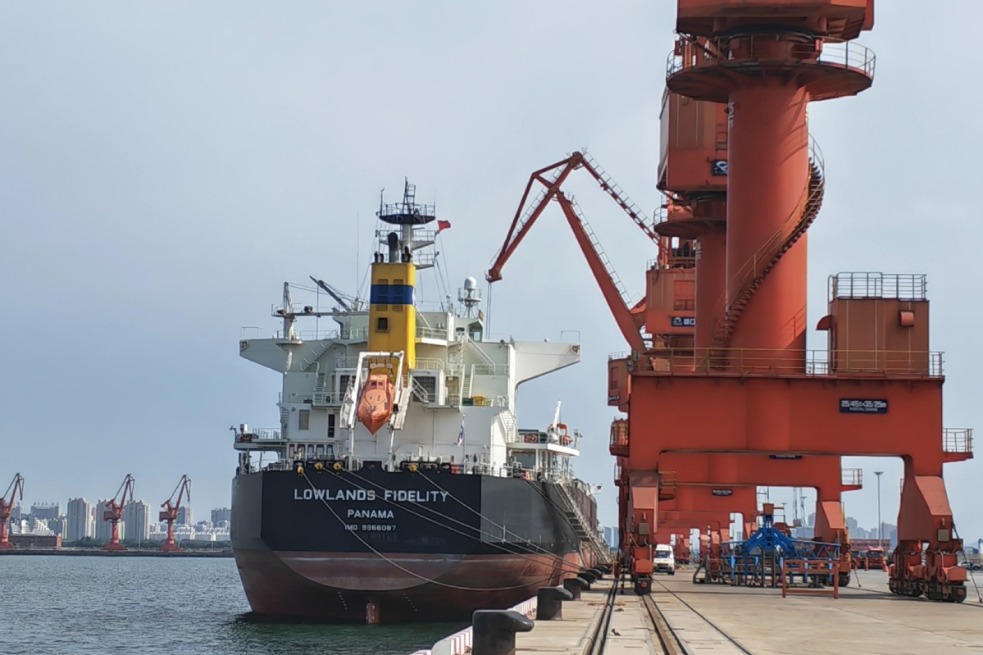Why are so many countries joining BRICS?


The growing interest among countries in joining and partnering with BRICS signifies an important shift currently underway in the international system. This trend toward BRICS reflects a pragmatic desire among many nations for greater flexibility and room to maneuver independently in global affairs. Appreciating the nuances of what is driving this international attraction to BRICS is important for assessing its implications.
At its core, BRICS provides an alternative forum for cooperation between major developing world economies. The bloc formed originally between Brazil, Russia, India, China and South Africa recognizes these countries' growing prominence. But beyond just representing emerging markets, BRICS enables cooperation on the global stage that is liberated from the structural constraints or biases of Western-led institutions.
This appeals to many smaller countries as well who do not want multilateralism to be defined and bounded solely by Western interests or worldviews. Yet BRICS also provides opportunities for positive-sum collaboration on issues like development financing, without necessarily being zero-sum toward the West either. Its founding ethos rejects coercion and upholds national sovereignty.
The Ukraine crisis has accelerated interest in BRICS, as the dollar-centric nature of the current system was exposed by Russia's sanctions. Many countries are now urgently exploring options to conduct trade and financial activities beyond the reach of unilateral actions by Western powers. This is entirely prudent for any sovereign state. Seeking financial mechanisms that provide such insulation does not automatically denote hostility toward the West.
Beyond just circumventing sanctions risks, joining BRICS offers increased access to funding pools - like the New Development Bank - that prioritize developing world needs. The NDB's lending reached $34 billion across nearly 100 projects in its first eight years. With expansion, its development financing role could rapidly scale up. This mechanism plugs infrastructure financing gaps unable to be met by existing multilateral banks still dominated by advanced economies.
Partnering with BRICS also brings economic opportunities through greater trade and investment integration with major emerging markets. China and India's growth makes them attractive targets for exports and foreign direct investment. Bloc partners can cooperate on South-South trade integration. BRICS countries collectively account for over 40% of the developing world's population and GDP. In summary, deeper economic ties offer mutual growth.
On security issues, BRICS provides a forum for independently assessing geopolitical challenges without being constrained by the agendas of Western alliances. It allows member states to balance their relations amidst great power competition. Rather than siding with any camp, BRICS upholds the utility of strategic autonomy. This multi-alignment acts as a hedge.
Critically, BRICS also enables an independent Southern voice in deliberations on global governance reform and leadership of multilateral institutions. Demands for greater representation and voices from emerging economies can be jointly articulated and advanced through the bloc. BRICS provides leverage for democratizing global decision-making still dominated by post-WW2 power structures.
However, BRICS ultimately still functions as a platform for positive aims, not a rigid anti-Western bloc. It upholds the UN system and principles of peaceful conflict resolution under international law. Members have diverse interests across issue areas. This diversity can bolster BRICS flexibility and dynamism as an agenda-setting forum shaping equitable solutions on shared global challenges.
Some observers have critiqued BRICS as lacking cohesion or a common identity. But its pluralism is its strength. The dissent and debate internal to BRICS ensures a multipolar, democratic character. The bloc pointedly seeks not to replicate the hierarchical decision-making structures of Western-led forums. This more equitable model is attractive to the Global South.
Of course, every state will weigh the pros and cons of deeper BRICS ties based on alignment with their unique interests and values. Some may join seeking geopolitical leverage; others prioritize development financing access or trade links. Each country will have its own motivations. But the overall trend clearly signals desire for a more representative, flexible and balanced international system.
This reflects the rise of the Global South and the realities of an emerging multipolar order. The West must adapt to accommodate these shifting dynamics. But it also remains in Western interests to constructively engage with rising powers via BRICS. Rigid Cold War mentalities would be counterproductive. There is room for productive cooperation as well as healthy competition.
In this transitional period, wise statecraft requires nuance in responding to the shifts symbolized by BRICS expansion. Reflexive demonization or containment will only accelerate dangerous polarization. The world has changed and will continue to change. Appreciating the significance and promise of the trends toward new centers of power like BRICS is the intelligent approach. With mutual understanding and foresight, shared progress is possible.
The author is a Beijing-based commentator. The views don't necessarily reflect those of China Daily.
If you have a specific expertise, or would like to share your thought about our stories, then send us your writings at opinion@chinadaily.com.cn or comment@chinadaily.com.cn.

































